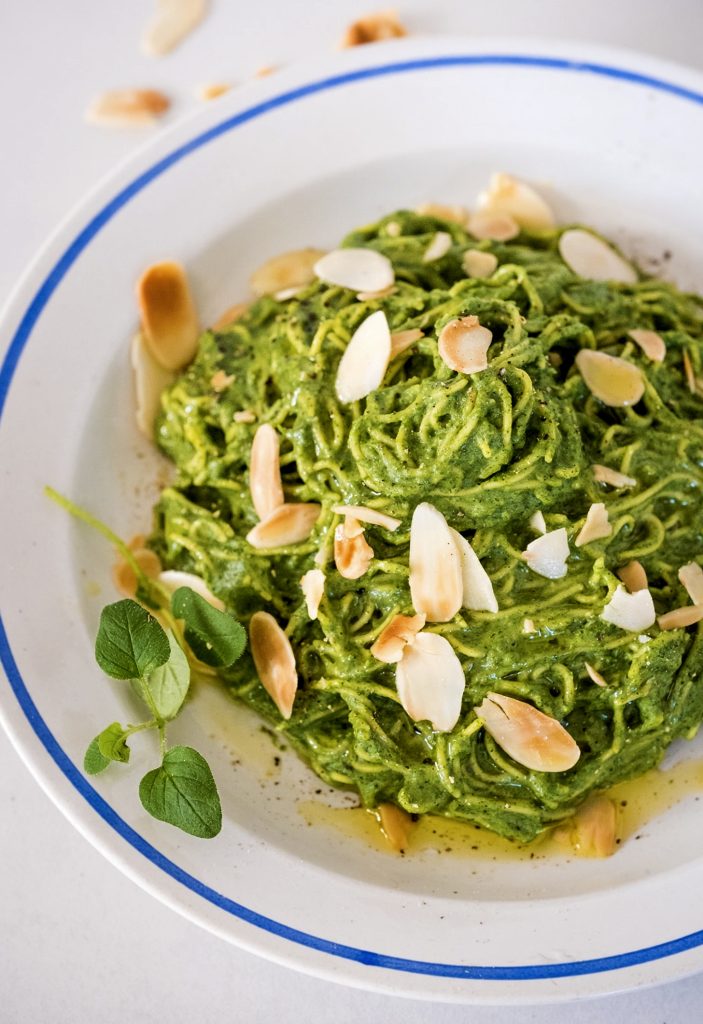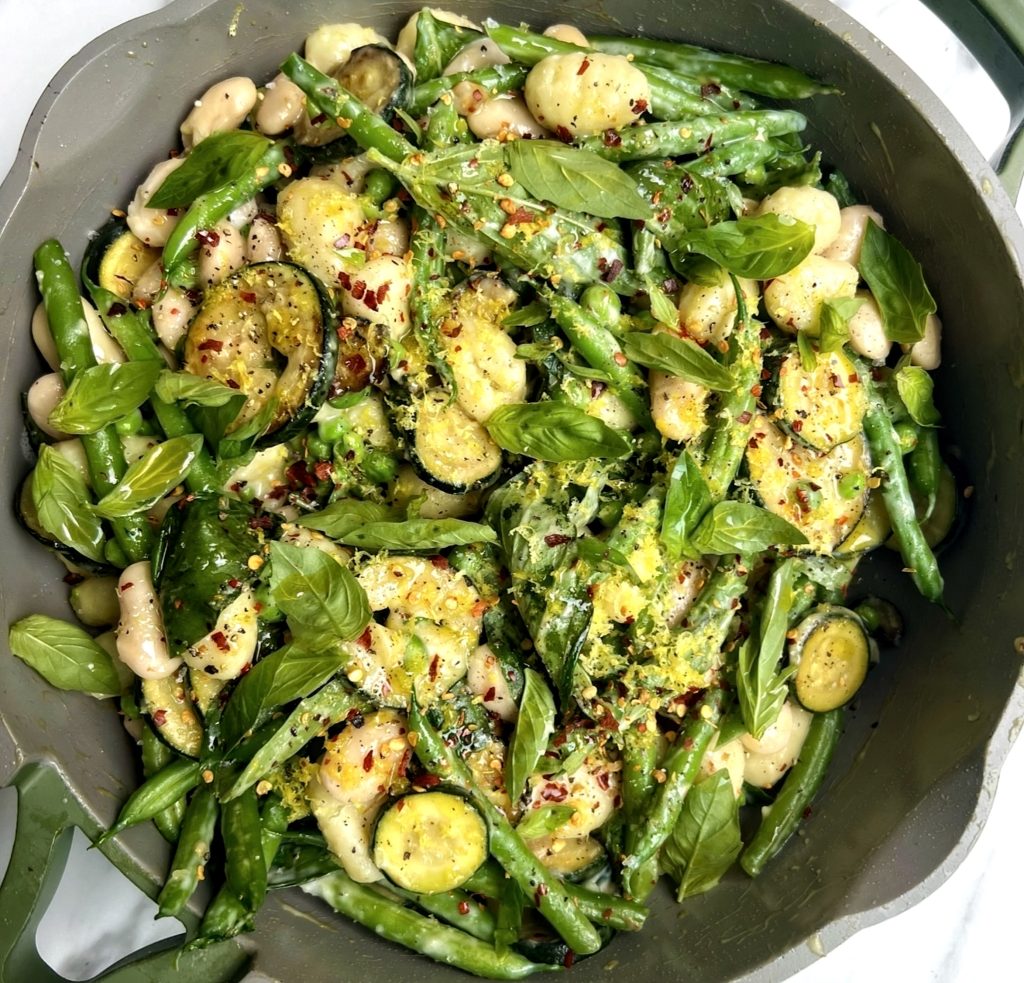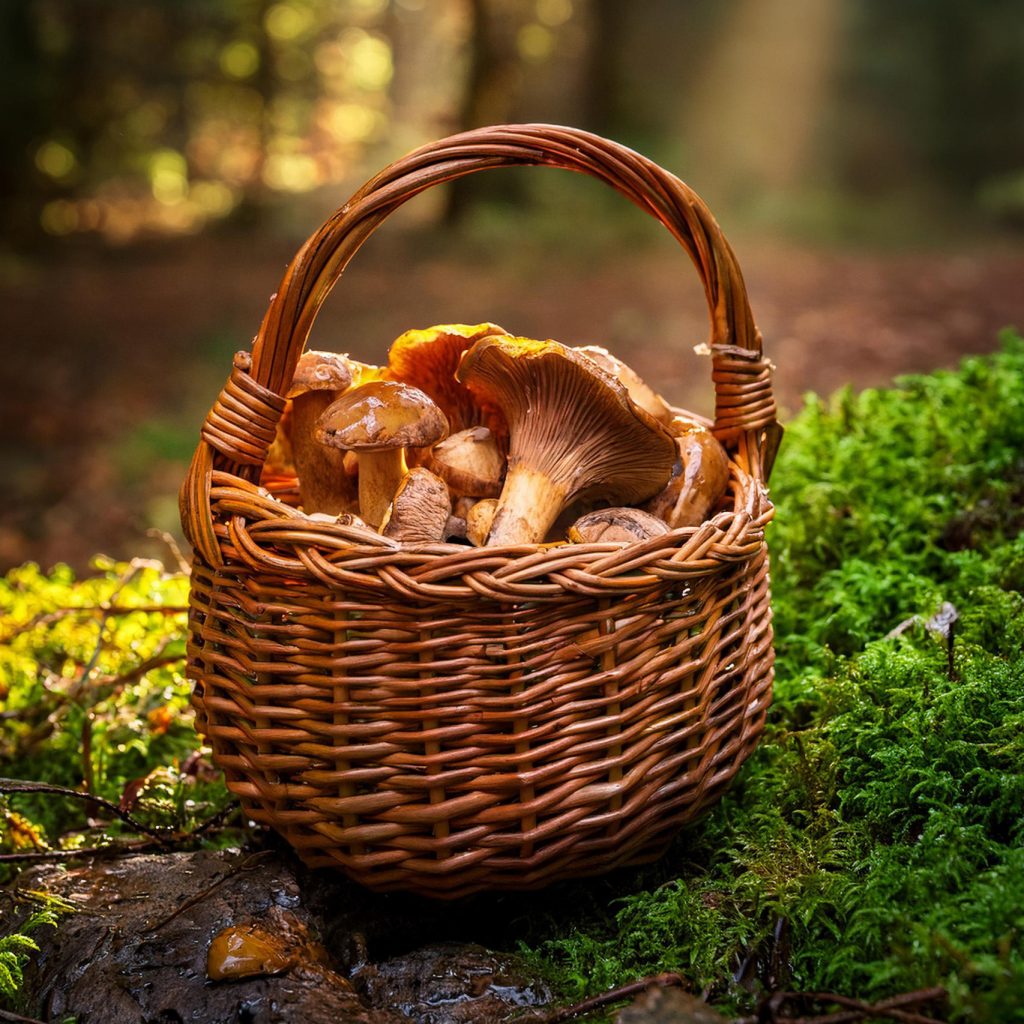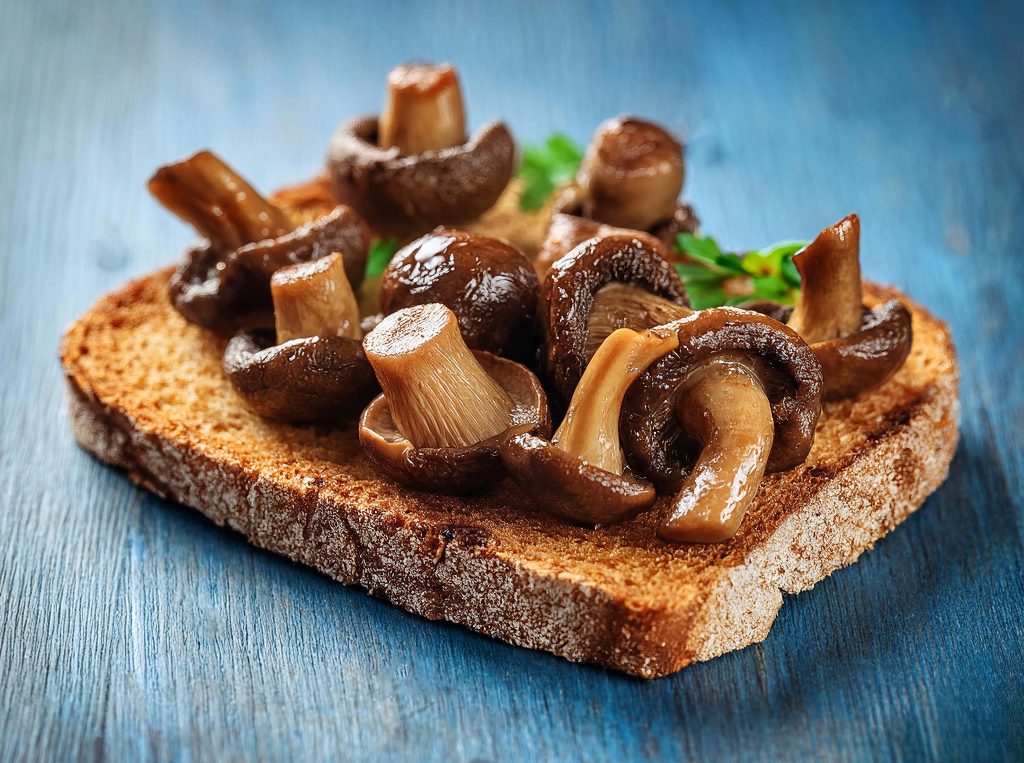There’s something quietly magical about foraging for fresh young nettles in the golden hush of early spring. The earth is just beginning to stir from its winter slumber, and with the first blush of sunshine, tender green shoots begin to peek through the undergrowth. It’s the perfect time to wander through woodlands or along quiet country paths, fingers brushing over wild herbs and weeds, basket in hand, eyes alert for the unmistakable deep green of new nettles.
Gloves are a must, of course—nettles sting, even when they’re young—but there’s something deeply grounding in this ritual. It connects you to the season, to the land, to something older than any supermarket shelf. These early nettles are vibrant with nutrients, fresh and peppery in flavor, and once you blanch them, their sting softens into silk.
Back home, the transformation begins. Blanched nettles are wrung out, chopped fine, and kneaded into fresh pasta dough. The green stains your hands as you work, and the scent of fresh earth lingers in the air. Rolled and cut into delicate tagliatelle ribbons, the pasta takes on a soft, mossy hue—nature’s own color palette.
Boiled for just a moment and tossed with lemon zest, a pat of butter, or maybe some garlic and pecorino, nettle tagliatelle is a celebration of spring on a plate. It tastes of renewal, of simplicity, of wild things tamed just enough to nourish.
The joy isn’t just in the eating—it’s in the gathering, the making, the quiet hours spent in sunlight and steam. Foraging nettles in spring is not just about food, but about rhythm, presence, and the delicious satisfaction of coaxing a feast from the forest floor.
- 10 ounces all-purpose flour,
- about 2 heaping cups 4½ ounces blanched nettles or spinach, about a cup
- Depending on how old your nettles are, you will need two or three big tong-fulls of fresh nettles to get your 4 ounces. I say tong-fulls because you do not want to pick up fresh nettles, as they will sting you. Thus the name. Get a huge pot of water boiling and add a handful of salt. Grab the nettles with tongs and put them into the boiling water. Stir around and boil for 1 to 3 minutes, depending on how old they are. Fish them out with a skimmer or the tongs and immediately dump them into a big bowl with ice water in it. Once they are cool, put them in a colander to strain.
- Remove any thick stems. Chop the nettles roughly. Puree the nettles with a little water in a blender. When you are done, add a little water into the bowl of the blender to help clean it out, but save the water -- you might need this "nettle water" if your dough is not moist enough.
- Put the flour in a large bowl and make a well in the center. Add the nettle puree and gradually incorporate it into the flour until you get a shaggy mass. If it's too stiff add a little of the nettle water. Start folding the dough over itself until it comes together, then begin kneading. This is a medium strength dough, so you’ll need to knead for 5 to 8 minutes.
- Cover the dough with a thin film of olive oil and wrap in plastic. Let it sit for an hour.
- Cut off a piece of the dough and roll it out in a pasta machine. How thick? Your choice. But the traditional width for strettine is relatively thick, about a little less than ⅛ inch. This corresponds to No. 5 on my machine, which is an Atlas.
- Once you have your sheet of pasta, you can cut it with the wide tines on your pasta cutter. That’s easy, but the real noodles are a little narrower. To hand cut your noodles, make sure the sheet is supple and cool, not sticky. If it is sticky, dust with a little flour and smooth it over the surface with your hand. Loosely roll the dough sheet up so that the slices you are about to make form long pasta. Using a sharp (it must be sharp, or you will be in trouble!) chef’s knife, cleaver or other large blade, slice the loose roll at intervals somewhere between ⅛ and ¼ inches. Lay the pasta on the counter or board with some flour dusted on them. Repeat with the rest of the dough.
- After every little batch, pick up the previous one that had been drying and give it a slight twist, making it into a loose nest. This makes for easier storage. The strettine will sit like this for up to a day. Boil in lots of salty water until they float, and then for another minute or two.












